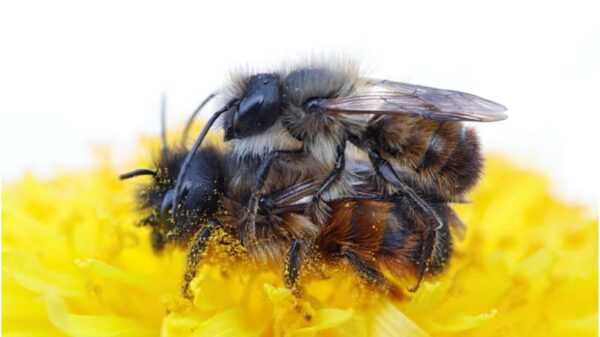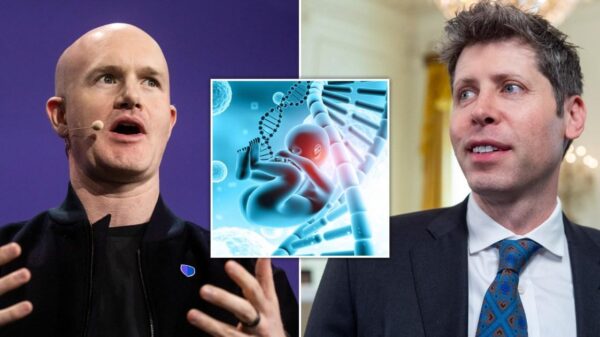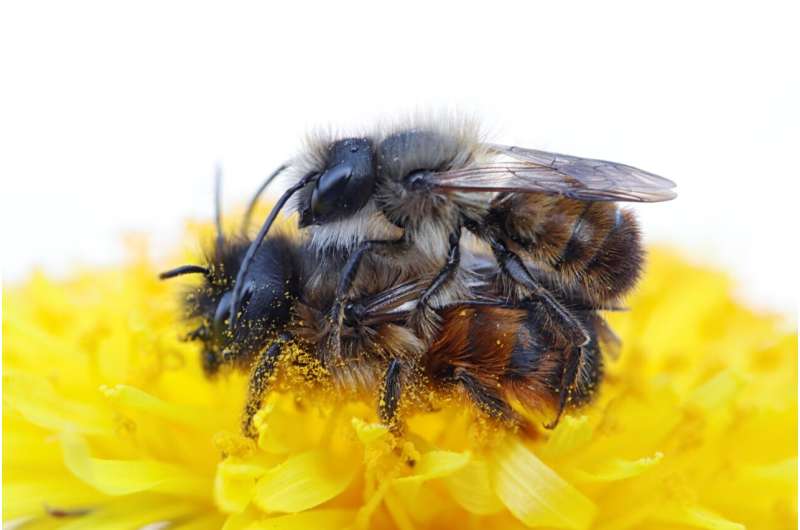A recent study conducted by researchers at Uppsala University has identified a crucial gene responsible for sex determination in bees and ants, enhancing our understanding of these complex biological systems. Published on November 10, 2025, in the journal PLoS Biology, the research unveils the role of a gene called ANTSR in determining whether these insects develop as males or females.
Most animal species, including humans, have two biological sexes, with genetic mechanisms varying widely. In humans, sex is determined by the X and Y chromosomes, where individuals with XY chromosomes develop as male, and those with XX as female. In contrast, insects like bees, wasps, and ants utilize a unique mechanism called haplodiploidy. In this system, females arise from fertilized eggs and possess two sets of chromosomes, while males develop from unfertilized eggs with a single set.
The research team, led by Matthew Webster, focused on the red mason bee (Osmia bicornis), a species commonly found in European gardens. They sequenced the entire genome of this bee after identifying unusually large males that carried two identical copies of the sex-determining gene. This meticulous process involved screening hundreds of nests to pinpoint the gene’s exact location.
The discovery of the ANTSR gene as the primary switch for sex determination in both bees and ants is significant. This long non-coding RNA gene does not produce proteins but instead initiates the developmental process of male or female characteristics based on the number of gene copies present. The finding suggests that ANTSR has functioned as a sex-determining gene for over 150 million years.
“This is really surprising because it means ANTSR could be the main sex-determining gene used by more than 150,000 species of bees, wasps, and ants,” noted Webster. He also highlighted the ongoing mystery surrounding how variations in this gene generate signals for male or female development. Additionally, the reason why honeybees utilize a different sex-determining gene remains unexplained.
The implications of this research extend beyond basic biology. Understanding the mechanisms of sex determination in these crucial pollinators is essential for conservation efforts and breeding programs. Insights gained from this study may enhance strategies to maintain genetic diversity, vital for healthy bee populations.
This research serves as a vital step toward comprehending the evolutionary pathways of sex-determination systems in bees and ants. As ecological challenges continue to threaten pollinator populations, insights into their genetic makeup will be crucial for ensuring their survival and the ecosystems that rely on them.
More details can be found in the study titled “Genetic mapping in the red mason bee implicates ANTSR as an ancient sex-determining locus in bees and ants,” authored by Tilman Rönneburg et al., available in PLoS Biology.



































































